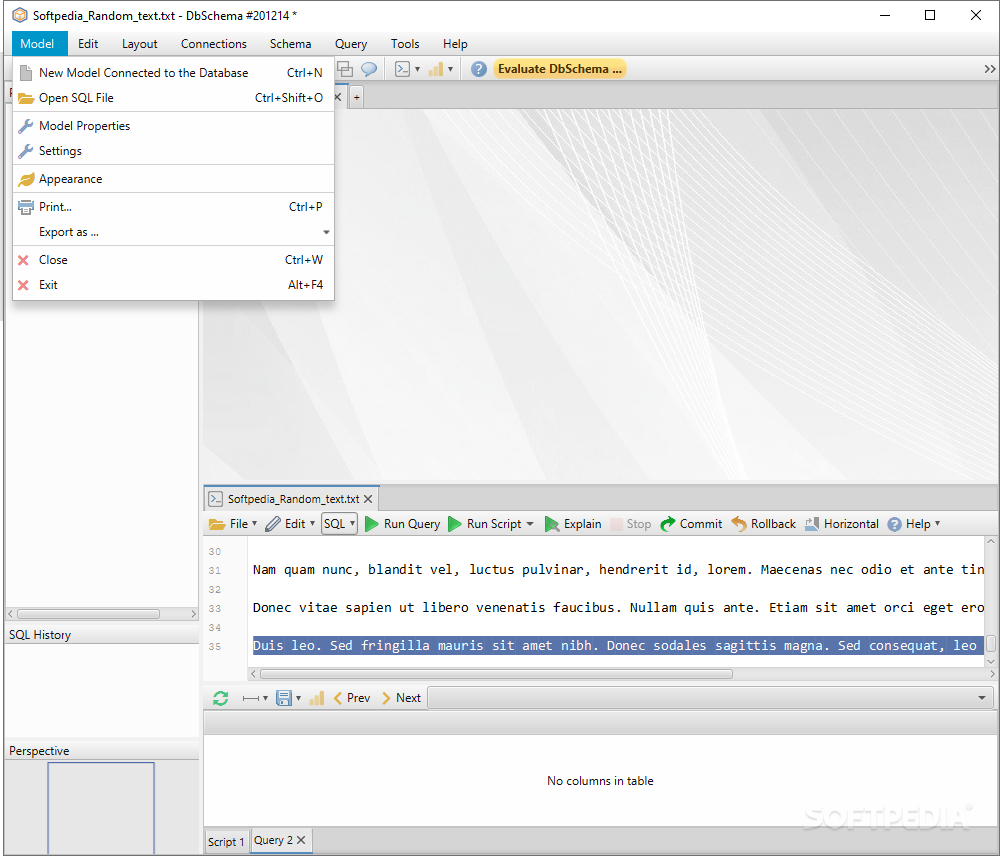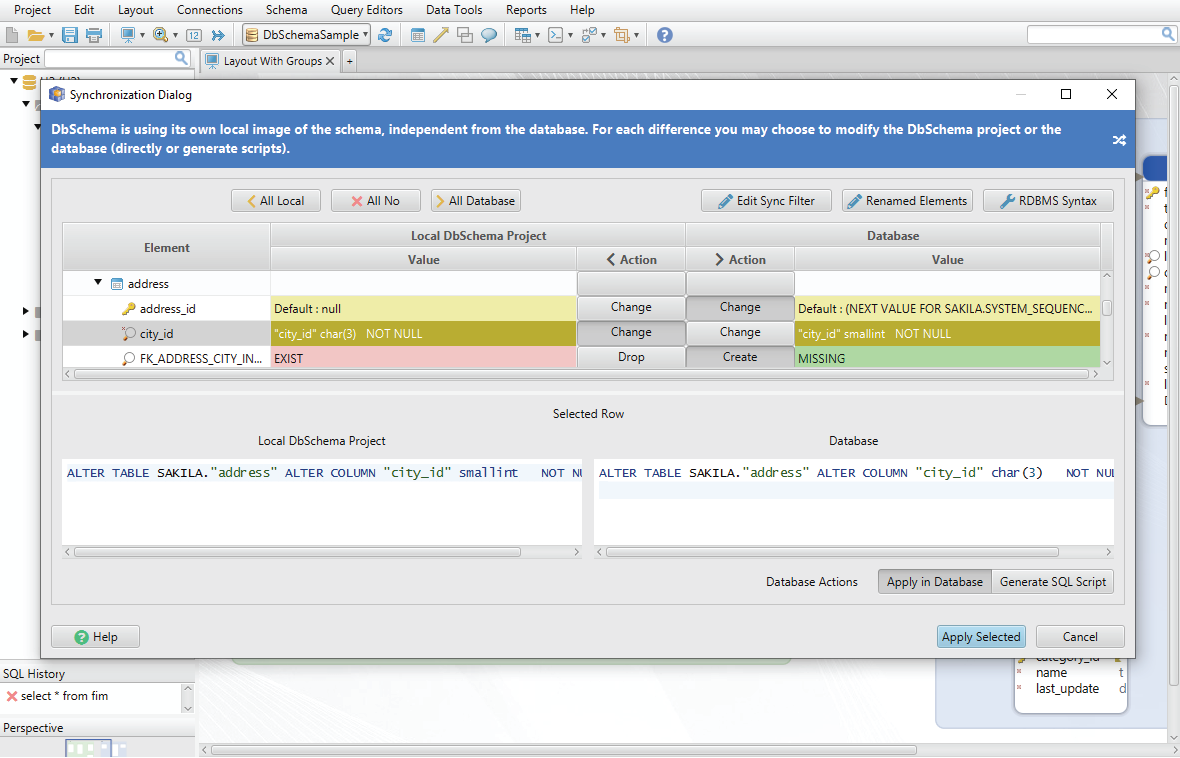
- #Connect dbschema to local pc software
- #Connect dbschema to local pc password
- #Connect dbschema to local pc windows
TLS OptionsĪ brief listing is provided below.
#Connect dbschema to local pc windows
socket -socket=nameįor connections to localhost, this specifies either the Unix socket file to use (default /tmp/mysql.sock), or, on Windows where the server has been started with the -enable-named-pipe option, the name (case-insensitive) of the named pipe to use (default MySQL). The value is case-sensitive, and defaults to MYSQL. Only available on Windows systems in which the server has been started with the -shared-memory option, this specifies the shared-memory name to use for connecting to a local server. Shared-memory-base-name -shared-memory-base-name=name

Shared-memory connection to the local server on Windows systems only. A named-pipe connection (either local or remote).
#Connect dbschema to local pc password
It is generally not secure to enter the password on the command line, as other users on the system can see it as part of the command that has been run. By default, MariaDB does not permit remote logins - see Configuring MariaDB for Remote Client Access. The database name is provided as the first argument after all the options, in this case database_name.Ĭonnect to the MariaDB server on the given host.If you include the -p option, but leave out the password, you will be prompted for it, which is more secure. It is also not secure to use a password in this way, as other users on the system can see it as part of the command that has been run. Note that for passwords, unlike the other parameters, there cannot be a space between the option ( -p) and the value ( password). -u specifies a user name, in this case username.Instead of using localhost, the IP 166.78.144.191 is used. For example: mysql -h 166.78.144.191 -u username -ppassword database_name These defaults can be overridden by specifying a particular parameter to use. The client will connect to the server, but not any particular database on the server.

#Connect dbschema to local pc software
The client software will most often be the mysql client, used for entering statements from the command line, but the same concepts apply to any client, such as a graphical client, a client to run backups such as mysqldump, etc.

In order to connect to the MariaDB server, the client software must provide the correct connection parameters. If you are completely new to MariaDB, take a look at A MariaDB Primer first. Permissions for adding, modifying and removing users, groups and roles from a directory.This article covers connecting to MariaDB and the basic connection parameters. Remote addresses currently assigned to each application. The applications (Jira, Confluence, and so on) defined in the authentication framework.ĭirectories assigned to each application.Īpplication-level permissions for adding, modifying and removing users, groups and roles from a directory. Examples of directories are the Confluence internal directory, or an LDAP directory. The user directories in your Confluence site. Mapping the membership of users to groups. This section describes the tables involved in user authentication, which is implemented via the Atlassian Crowd framework embedded in Confluence. The following sections describe the principal tables involved in each logical area of Confluence – authentication, content, system information, and so on.


 0 kommentar(er)
0 kommentar(er)
